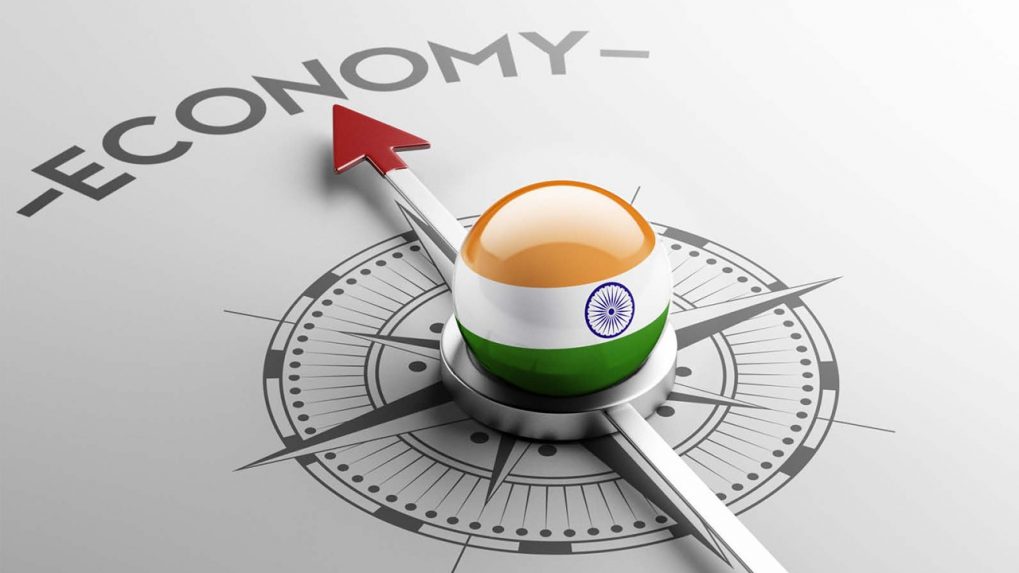- Courses
- GS Full Course 1 Year
- GS Full Course 2 Year
- GS Full Course 3 Year
- GS Full Course Till Selection
- Answer Alpha: Mains 2025 Mentorship
- MEP (Mains Enrichment Programme) Data, Facts
- Essay Target – 150+ Marks
- Online Program
- GS Recorded Course
- Polity
- Geography
- Economy
- Ancient, Medieval and Art & Culture AMAC
- Modern India, Post Independence & World History
- Environment
- Governance
- Science & Technology
- International Relations and Internal Security
- Disaster Management
- Ethics
- NCERT Current Affairs
- Indian Society and Social Issue
- NCERT- Science and Technology
- NCERT - Geography
- NCERT - Ancient History
- NCERT- World History
- NCERT Modern History
- CSAT
- 5 LAYERED ARJUNA Mentorship
- Public Administration Optional
- ABOUT US
- OUR TOPPERS
- TEST SERIES
- FREE STUDY MATERIAL
- VIDEOS
- CONTACT US
PM Particularly Vulnerable Tribal Groups (PVTG) Development Mission
PM Particularly Vulnerable Tribal Groups (PVTG) Development Mission

Why in News?
Recently, the Finance Minister announced the launch of a new scheme called the ‘Pradhan Mantri PVTG (Particularly Vulnerable Tribal Groups) Development Mission’ as part of the Union Budget 2023-24.
So, Who are Particularly Vulnerable Tribal Groups (PVTGs)?
1. The Particularly Vulnerable Tribal Groups (PVTGs) are those groups that depend on hunting for food, have pre-agriculture level technologies, zero or negative population growth, and extremely low levels of literacy and are in need of greater support and development.
2. On the recommendations of the Dhebar Commission, the Central government began to identify the most vulnerable tribal groups as a separate category in 1975, establishing 52 such groups.
3. The list was expanded in 1993, when another 23 groups were added and it became 75 PVTGs out of 705 Scheduled Tribes spread across the country (2011 census).
4. Criteria for identification of PVTGs:
A) Pre-agricultural level of technology
B) Low level of literacy
C) Economic backwardness
D) A declining or stagnant population.
5. Due to their vulnerability, PVTGs require greater support and development compared to other tribal groups.
6. The more developed and assertive tribal groups often receive a larger portion of tribal development funds, leaving PVTGs in need of more targeted support.
7. The programme for the welfare of PVTGs began in the 1970s but till now there is an absence of a proper policy that consider their culture, practices, livelihood and other aspects of their lives for their welfare.
About the Mission
1. A fund of Rs 15,000 crore for the next three years has been allocated for the socio-economic development of the group.
2. It has been launched as a part of ‘Reaching The Last Mile’, one of the seven Saptarishi priorities enlisted in this year’s budget.
3. The PVTGs Mission aims to provide basic facilities like housing, water, road, telecom, education and health in PVTG areas across the country.
4. The scheme follows the strategic approach of ‘Vanbandhu Kalyan Yojana’ which aims to optimize utilization of resources available under various programs.
5. Rural Development Ministry, the Water Resources Ministry, the Education Ministry, the Health Ministry and the Women and Child Development Ministry are the nodal ministries responsible for the implementation of the scheme.
Few facts about Scheduled Tribes (STs)
1. STs constitute around 8.6% of the India’s total population and almost 11.3% of the total rural population.
2. Despite the increase in literacy rate among STs from 8.5% in 1961 to 59% in 2011, and the fact that the Right to Education Act, 2009 makes it mandatory that all children between the age of 6 and 14 be provided free and compulsory education, the literacy rate in STs is still below the national average of India.
3. In the case of tribals, dropout rate (leaving school in between) is still very high – 35% in Classes I to V; 55% in Classes I to VIII; and 71% in Classes I to X in 2010-11.
4. As per the 2014 UNICEF-sponsored South Asia regional study report named “All Children in School by 2015”, economic and socio-cultural factors are the reason behind the low education in certain groups in India, especially SCs, STs and Muslims.
5. The India Human Development Survey shows that the incidence of poverty is highest among the STs (50%), followed by the SCs (32%), and then the Muslims (30.5%).
Some Constitutional and Legal Provisions related to Tribes in India are:
1. Constitutional Provisions:
A) As per Census of 1931, Schedule tribes were termed as "backward tribes” living in the "Excluded" and "Partially Excluded" areas.
B) The Government of India Act of 1935 called for the 1st time for representatives of "backward tribes" in provincial assemblies.
C) The Constitution does not define the criteria for recognition of Scheduled Tribes and hence the definition contained in 1931 Census was used in the initial years after independence.
D) However, Article 366 of the Constitution only provides process to define Scheduled Tribes: “Scheduled Tribes means such tribes or tribal communities or parts of or groups within such tribes or tribal communities as are deemed under Article 342 to be Scheduled Tribes for the purpose of this Constitution.”
E) 342(1): The President may with respect to any State or Union Territory, and where it is a State, after consultation with the Governor, by a public notification, specify the tribes or tribal communities or part of or groups within tribes or tribal communities as Scheduled Tribe in relation to that State or Union Territory.
F) The 5th schedule of the Constitution lays out the provisions for Administration and Control of Scheduled Areas and Scheduled Tribes in states other than Assam, Meghalaya, Tripura and Mizoram.
G) The 6th schedule deals with the administration of the tribal areas in Assam, Meghalaya, Tripura and Mizoram.
2. Legal Provisions:
A) Protection of Civil Rights Act, 1955 against Untouchability.
B) Scheduled Castes and the Scheduled Tribes (Prevention of Atrocities) Act, 1989.
C) Provisions of the Panchayats (Extension to the Scheduled Areas) Act, 1996.
D) Scheduled Tribes and Other Traditional Forest Dwellers (Recognition of Forest Rights) Act, 2006.
Additional Information
About the Vanbandhu Kalyan Yojana (VKY)
1. The scheme was launched in 2014 as a Central Sector Scheme by the Ministry of Tribal Affairs.
2. The scheme aims at overall development of tribal people with an outcome-based approach, ensuring that all the intended benefits, goods and services through various programmes/schemes of Central and State Governments covered under the respective Tribal Sub-Plans actually reach them.
Must Check: Top IAS Coaching Institute In Delhi



